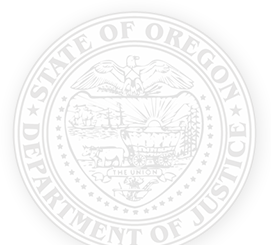What is a Bias Incident?
A bias incident is any hostile expression that may be motivated by another person’s actual or perceived protected class, meaning their race, color, disability, religion, national origin, sexual orientation, or gender identity. The act does not need to be a federal, state, tribal, or local crime.
Examples of Bias Incidents
Bias incidents can be verbal, physical, or visual. This language and behavior often contributes to or creates an unsafe or unwelcoming environment. Some examples include:
- Name calling; using a racial, ethnic, or other slur to identify someone; or using degrading language.
- Creating racist or derogatory images/drawings.
- Imitating or mocking someone with a disability, or mocking someone’s cultural norm or practice.
What is a Hate or Bias Crime?

A hate crime, known as Bias Crime under Oregon law, is a crime motivated in part or whole by bias against another person’s actual or perceived protected class–their race, color, disability, religion, national origin, sexual orientation, or gender identity. There are federal, state, and tribal hate and bias crime laws, each defined separately under individual state’s laws, federal law, and individual tribe’s laws. Oregon’s bias crime was modified in 2019’s SB 577 », and is codified under ORS 166.155 and 166.165 ». As of January 1, 2022, Intimidation By Display of a Noose is also a crime in Oregon, codified under ORS 163.191 ».
Examples of Hate/Bias Crimes
Bias crimes can also be verbal, physical, or visual. Some examples include:
- Assaulting, injuring, or even touching someone in an offensive manner because of their perceived protected class.
- Creating racist or derogatory graffiti on someone else’s property based on their perceived protected class.
- Threatening to physically harm a person, their family, or their property based on their perceived protected class.
What is a protected class?
Oregon’s protected classes under these hate/bias crime and bias incident laws are:
- Race
- Color
- National Origin
- Disability
- Sexual Orientation
- Gender Identity
- Religion
There are many other protected classes under state and federal laws, but Oregon’s hate and bias laws specifically designate these seven (7) protected classes.
